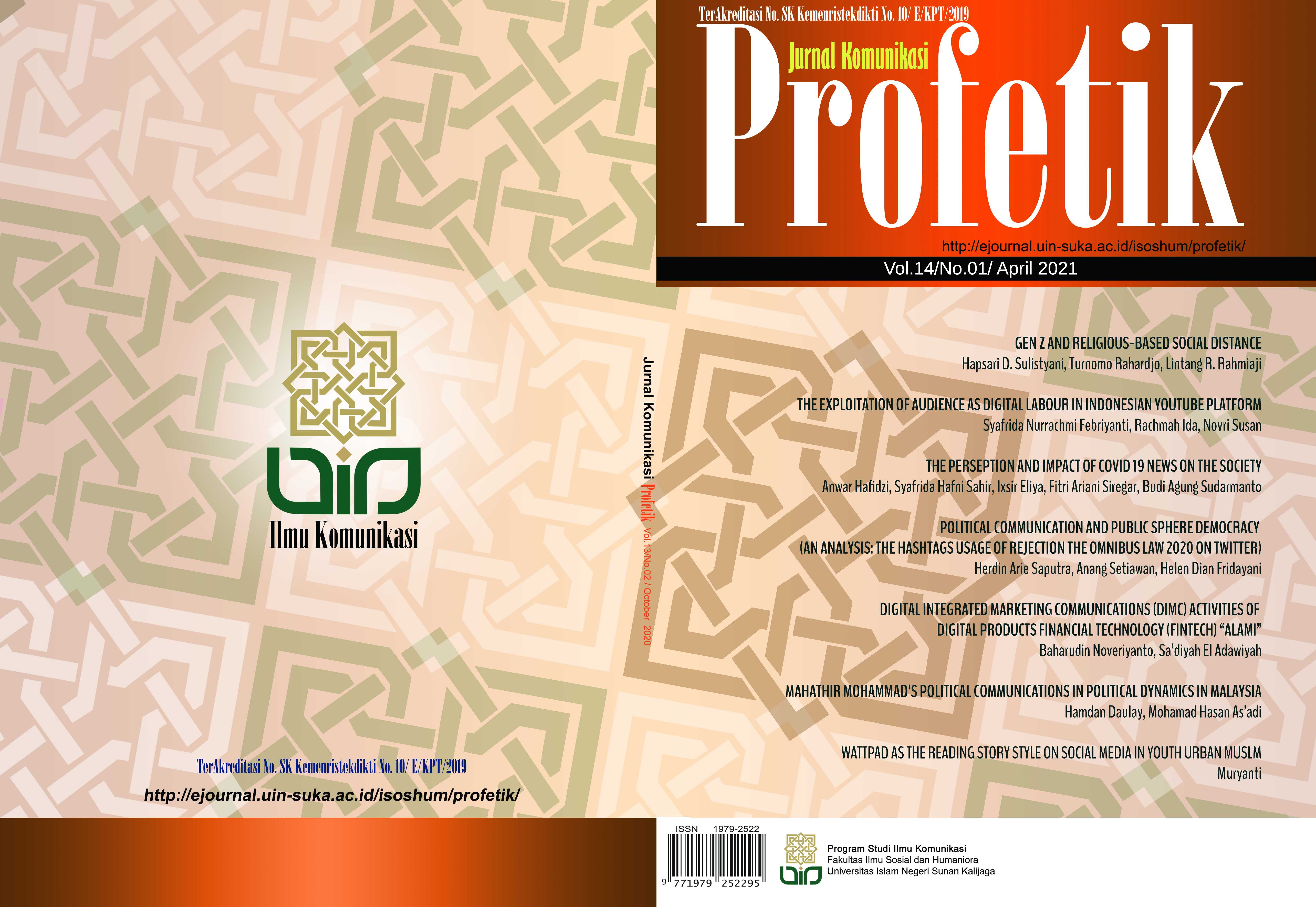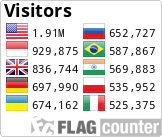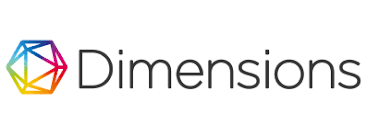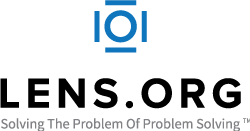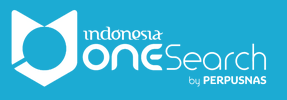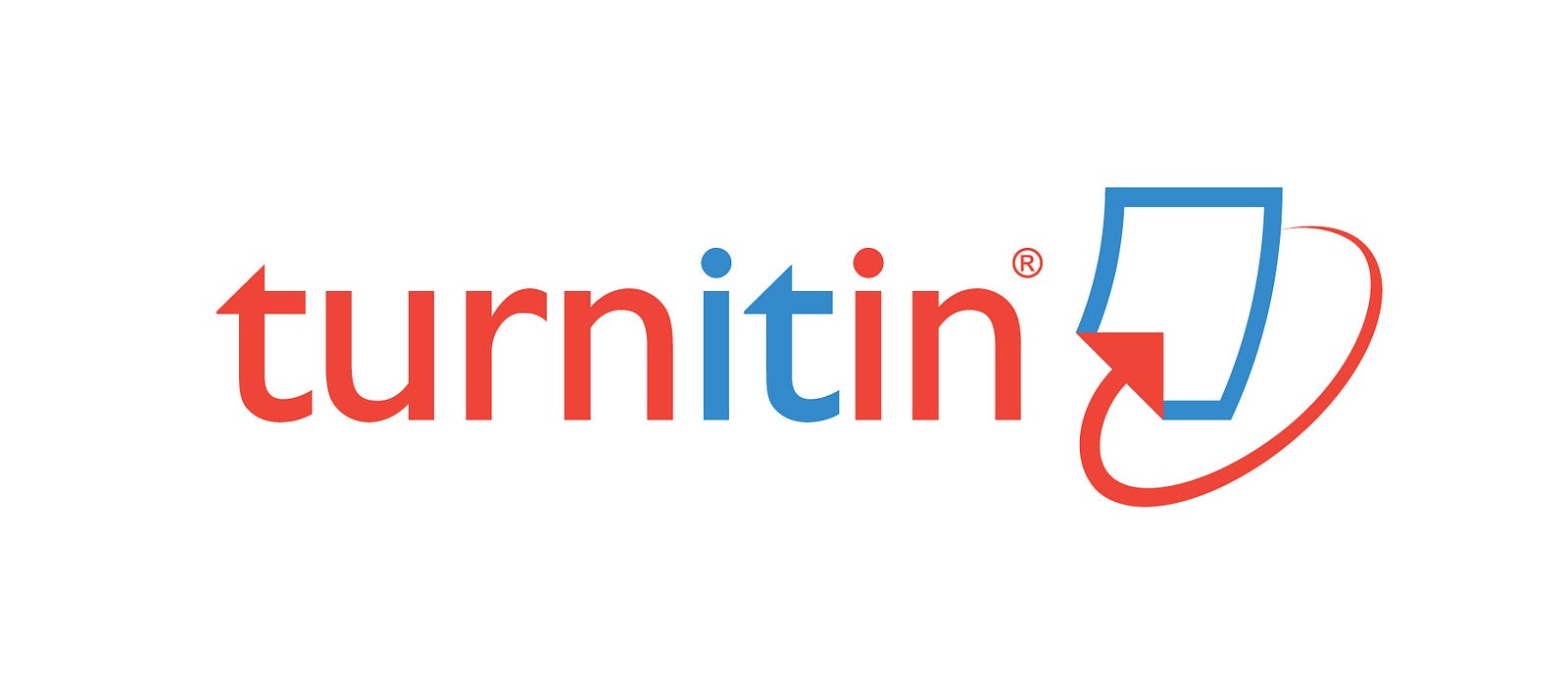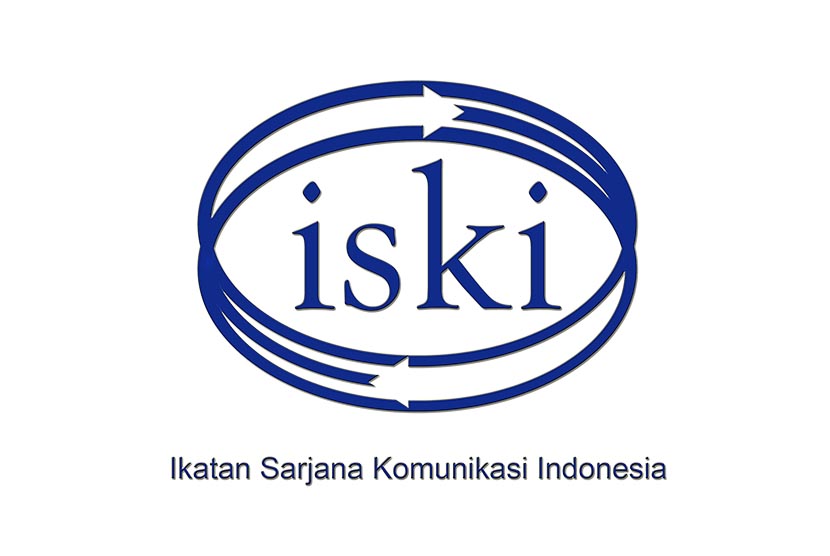TRAVEL VLOG YOUTUBE: SOCIAL CONSTRUCTION OF TECHNOLOGY AND TRAVELING CULTURE AMONG MILLENNIALS
DOI:
https://doi.org/10.14421/pjk.v14i2.1974Keywords:
Travel vlog, traveling culture, SCOT, YouTubeAbstract
Travelling has become a part of lifestyle and has been closely associated with tourism sector which is potential to generate revenue. In the past 20 years, young people have played an important role in the global tourism. Research in Indonesia in 2016 revealed that 35% or 25 million young people out of the country’s 261 million population loved travelling. According to the Indonesia’s Statistic Body (Badan Pusat Statistik), millennials are keen on travelling due to the consumption shift in the society. Our productive generation prefer spending their money on seeking experiences to buying consumptive products. Besides, the fast-changing technology facilitates travellers to document their journey in a vlog format. The vlogs can later be played and shared in the Internet through social media such as YouTube and Instagram. The research aimed to analyze the interpretation of the millennials’ experience after watching travel vlogs in YouTube, and to analyze the meanings of their experience in sharing content in YouTube and other social media platforms. We used Social Construction of Technology (SCoT) Theory with phenomenological approach to analyze the aims. The results showed that travel vlog was a progressive way of the usage and construction of social technology. Travel vlogs have brought a significant increase in travelling culture in millennials. They would rather save money to gain travelling experience than to purchase consumptive goods. They would also prefer sharing their experiences through Instastory feature in Instagram to YouTube. Having said that, YouTube should add a simpler feature so that millennials or travel vloggers can share their travelling experiences in the channel easier.Downloads
References
akurnia, M. I. (2018). Catat! Inilah Tren Traveling Millennial Tahun 2018. https://travel.kompas.com/read/2018/04/14/150100027/catat-inilah-tren-traveling-millennial-tahun-2018
Akhmad, R. A., Unde, A. A., & Cangara, H. (2018). Fenomenologi Penggunaan Televisi Dan Media Sosial Dalam Menyikapi Budaya Pop Korea Di Kalangan Remaja Makassar. Jurnal Komunikasi KAREBA, 7(1).
Al Faruq, M., & Maryani, A. (2017). Hubungan Menonton Travel Vlog Youtube Dengan Minat Mengunjungi Wisata Lokal. Prosiding Manajemen Komunikasi, 307–312.
Bernardi, M. (2018). Millennials, sharing economy and tourism: the case of Seoul. Journal of Tourism Futures, 4(1). https://doi.org/10.1108/JTF-12-2017-0055
Budiati, I., Susianto, Y., Adi, W. P., Ayuni, E. S., Reagan, H. A., Larasaty, P., Setiyawati, N., Pratiwi, A. I., & Saputri, V. G. (2018). Statistik Gender Tematik: Profil Generasi Milenial Indonesia. In A. Said, I. Budiati, T. R. B. Rahayu, & A. P. Raharjo (Eds.), Badan Pusat Statistika. Kementerian Pemberdayaan Perempuan dan Perlindungan Anak.
Friedman, L. W., & Friedman, H. H. (2008). The New Media Technologies: Overview and Research Framework. SSRN Electronic Journal. https://doi.org/http://dx.doi.org/10.2139/ssrn.1116771
Groenewald, T. (2004). A Phenomenological Research Design Illustrated. International Journal of Qualitative Methods, 3(1). https://doi.org/10.1177/160940690400300104
Klein, H. K., & Kleinman, D. L. (2002). The social construction of technology: Structural considerations. In Science Technology and Human Values (Vol. 27, Issue 1). https://doi.org/10.1177/016224390202700102
Kusuma, A. K. (2019). Fenomena Vlog Yang Mendunia. https://indonesiainside.id/fenomena-vlog-yang-mendunia/
Kuswarno, E. (2007). Tradisi Fenomenologi pada Penelitian Komunikasi Kualitatif Sebuah Pedoman Penelitian dari Pengalaman Penelitian. Sosiohumaniora, 9(2), 161–176.
Neuman, W. L. (2014). Social Research Methods: Qualitative and Quantitative Approaches, Pearson New International Edition, 7th Edition. In Teaching Sociology (7th ed., Issue 3). Pearson Education, Inc.
Octavianto, A. W. (2014). Strukturasi Giddens dan Social Construction of Technology (SCoT) Sebagai Pisau Analisis Alternatif Penelitian Sosial Atas Teknologi Media Baru. Jurnal ULTIMA Comm, 6(2), 41–57. https://doi.org/10.31937/ultimacomm.v6i2.417
Pep. (2017). 5 Kebiasaan Unik Traveler Zaman Sekarang, Kamu Termasuk Nggak Nih? https://www.brilio.net/jalan-jalan/5-kebiasaan-unik-traveler-zaman-sekarang-kamu-termasuk-nggak-nih-1709050.html
Rini, E. M., & Imran, A. I. (2017). Pengaruh Terpaan Tayangan Traveling Channel Di Youtube Terhadap Minat Berwisata Subscribers Di Indonesia (Studi Pada Subscribers Traveling Channel Youtube Ponti Ramanta). E-Proceeding of Management, 4(1), 939–946.
Shahniaz, R., & Zulfebriges. (2018). Pengaruh Intensitas Menonton Tayangan Travel Vlog terhadap Minat Berwisata. Prosiding Manajemen Komunikasi, 877–881.
Siapera, E. (2018). Understanding New Media (2nd ed.). London: Sage Publication Ltd.
Simatupang, T. (2018). Millennial adalah raja piknik di Indonesia. https://beritagar.id/artikel/gaya-hidup/millennial-adalah-raja-piknik-di-indonesia
Sotiriadis, M. D. (2017). Sharing tourism experiences in social media: A literature review and a set of suggested business strategies. In International Journal of Contemporary Hospitality Management (Vol. 29, Issue 1, pp. 179–225). https://doi.org/10.1108/IJCHM-05-2016-0300
Titchen, A., & Hobson, D. (2005). Phenomenology. In B. Somekh & C. Lewin (Eds.), Research Methods In The Social Sciences (pp. 121–130). London: Sage Publication Ltd.
Yousefikhah, S. (2017). Sociology Of Innovation: Social Construction Of Technology Perspective -. AD-Minister, 30, 31–43. https://doi.org/10.17230/ad-minister.30.2
Yuksel, P., & Yildirim, S. (2015). Theoretical frameworks, methods, and procedures for conducting phenomenological studies in educational settings. Turkish Online Journal of Qualitative Inquiry, 6(1), 1–20.
Downloads
Published
Issue
Section
License
Please find the rights and licenses in Profetik: Jurnal Komunikasi by submitting the article/manuscript of the article, the author(s) agree with this policy. No specific document sign-off is required.
1. License
The non-commercial use of the article will be governed by the Creative Commons Attribution license as currently displayed on Creative Commons Attribution-NonCommercial 4.0 International License

2. Author(s)' Warranties
The author warrants that the article is original, written by stated author(s), has not been published before, contains no unlawful statements, does not infringe the rights of others, is subject to copyright that is vested exclusively in the author and free of any third party rights, and that any necessary written permissions to quote from other sources have been obtained by the author(s).
3. User/Public Rights
Profetik's spirit is to disseminate articles published are as free as possible. Under the Creative Commons license, Profetik permits users to copy, distribute, display, and perform the work for non-commercial purposes only. Users will also need to attribute authors and Profetik on distributing works in the journal and other media of publications. Unless otherwise stated, the authors are public entities as soon as their articles got published.
4. Rights of Authors
Authors retain all their rights to the published works, such as (but not limited to) the following rights;
Copyright and other proprietary rights relating to the article, such as patent rights, The right to use the substance of the article in own future works, including lectures and books, The right to reproduce the article for own purposes, The right to self-archive the article (please read out deposit policy), The right to enter into separate, additional contractual arrangements for the non-exclusive distribution of the article's published version (e.g., post it to an institutional repository or publish it in a book), with an acknowledgment of its initial publication in this journal (Profetik: Jurnal Komunikasi).
5. Co-Authorship
If the article was jointly prepared by more than one author, any authors submitting the manuscript warrants that he/she has been authorized by all co-authors to be agreed on this copyright and license notice (agreement) on their behalf, and agrees to inform his/her co-authors of the terms of this policy. Profetik will not be held liable for anything that may arise due to the author(s) internal dispute. Profetik will only communicate with the corresponding author.
6. Royalties
Being an open accessed journal and disseminating articles for free under the Creative Commons license term mentioned, author(s) aware that Profetik entitles the author(s) to no royalties or other fees.
7. Miscellaneous
Profetik will publish the article (or have it published) in the journal if the article’s editorial process is successfully completed. Profetik's editors may modify the article to a style of punctuation, spelling, capitalization, referencing and usage that deems appropriate. The author acknowledges that the article may be published so that it will be publicly accessible and such access will be free of charge for the readers as mentioned in point 3.

